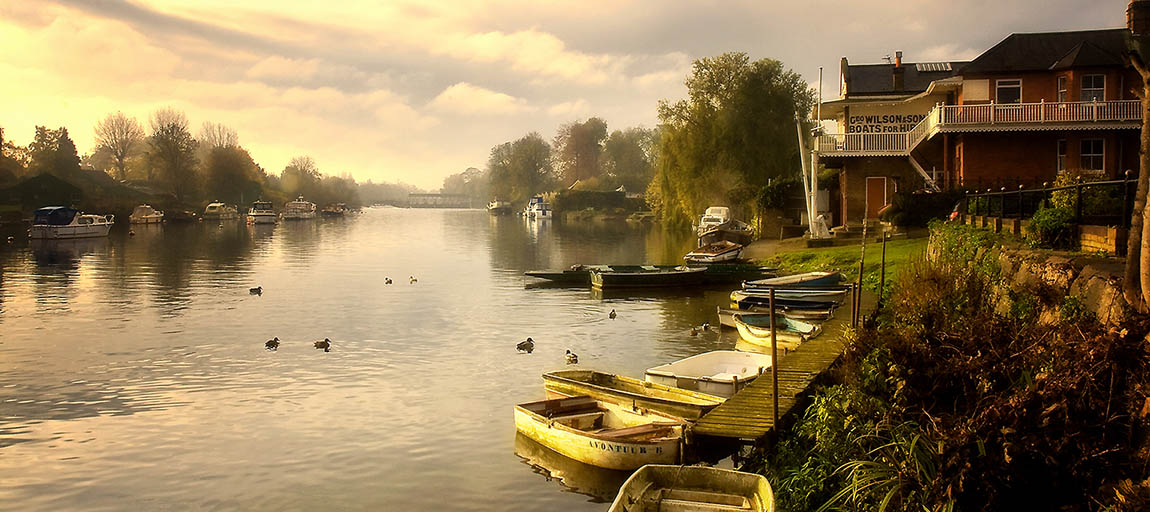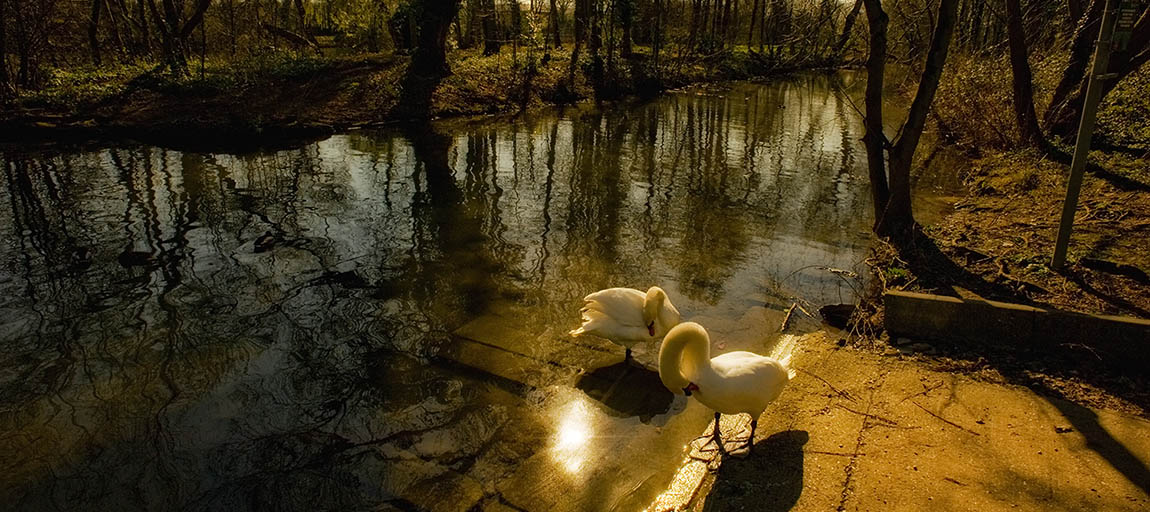 As expected, Cemex have submitted a planning application to Surrey County Council for the extraction of gravel from Watersplash Farm adjoining Fordbridge Road between Sunbury and Shepperton.
As expected, Cemex have submitted a planning application to Surrey County Council for the extraction of gravel from Watersplash Farm adjoining Fordbridge Road between Sunbury and Shepperton.
Since the outcome of the Surrey Minerals Plan consultation process which resulted in Watersplash Farm being identified for working for gravel, despite a strong campaign by SSAGE (Sunbury & Shepperton Against Gravel Extraction) we have been in contact with Cemex, the owners of the site, to ensure we are in touch with the process.
Discussions have clarified that, contrary to SCC’s original plan, there will be no aggregates recycling plant at the site, which is good news. In addition, the plan for re-instating the site has been clarified. It would be returned to top quality agricultural land with the current market gardening company working it, while the eastern end of the site along the course of the River Ash would become a nature reserve with enhanced public footpath access. Working would last a total of five years.
We received word as we went to press on 22nd October that SCC has validated the application, which was unexpected as it usually takes longer. There is now, in theory, a period of 28 days when representations and comments on the application can be made. Thereafter, the planning authority then have 16 weeks to determine the application. The reality, however, is that the application is not expected to go before the Planning Committee before the second half of 2013, and comments will be accepted for way in excess of the 28 days and virtually up until determination takes place.
However, now that it is validated, we are working with Cemex for them to stage a further exhibition of the plans so that residents are fully informed. This is likely to be before Christmas, but obviously there has been no opportunity to organise it yet, so please keep an eye on the web site for details of this and how to make comments or objections. We will try to ensure that there is plenty of other publicity as well. There is a lot of information on the Cemex web site at www.cemexcommunities.co.uk in the “Shepperton” section.
One of the main issues remains the access to and from the site on to Gaston Bridge Road, and the effect on local residents, and this is still under discussion. In reality, having fought our case on this for several years through the consultation, we do not think there is a realistic chance of planning permission being refused, and our objective would be to mitigate the impact as much as possible. This is not a position of weakness or abdication of our responsibilities. There is no way that in the long run we can resist the working of gravel on this site. That battle has been fought several times over the last 30 years, and has now been lost. The best we can do now is to work with Cemex to achieve the best possible outcome for residents.









